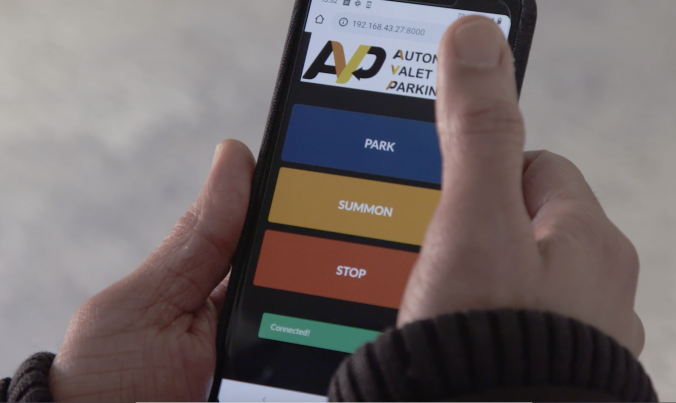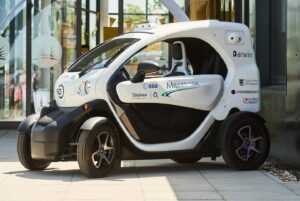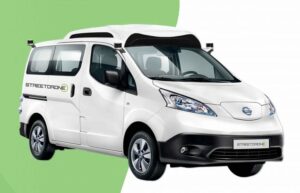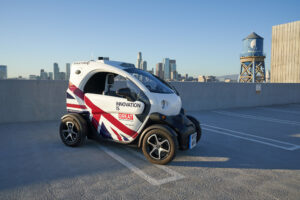At StreetDrone towers, while we’re busy developing the tech that makes it easier & safer for cities to deploy autonomous urban services, it’s not unknown to run into problems. One of our mantras has always been that problems are best solved by throwing some unique and specialist engineers together in a room and an hour later, what might have seemed intractable is actually resolvable.
So while we’ll stop short of claiming that collaboration was exclusively our own idea, what we practice in the office we believe is increasingly becoming an essential aspect of cracking the CAV nut. Why? Because the challenge is large and multifaceted and impossible for one organisation to solve on its own. It makes sense for everybody to specialise on their areas of expertise, and harness the power of collaboration to solve the bigger problem.
One of our great examples of the power of collaboration in our recent experience has been working with our partner at Parkopedia. With over 7 million parking slots registered on its platforms, the value of an autonomous valet parking solution for their global parking curation business is self-evident – in fact, over 65% of drivers highlight the time lost to searching for a parking spot as the most useful contribution autonomous systems could make to their driving experience – and an automated parking solution would remove the backwash of road congestion by up to 30%.
As you’ll see from the above video, Parkopedia has made significant progress with the development of an autonomous valet parking system. But what is truly distinctive about this achievement is perhaps not the technology itself – painful as it sounds to admit – but rather the collaboration that has brought the solution to life in a relatively short timescale. And while this thirty-month project life-cycle still has time to run, its five objectives have largely been met.
To tackle what is a ring-fenced but nevertheless significant technical challenge, a consortium was brought together for the project under the banner of Autonomous Valet Parking, or AVP. The complexion of the AVP contributors is a sure-fire exemplar of best practice. As the academic partner, The University of Surrey (another StreetDrone customer) researched the mapping and localisation requirements for the navigation software, public bodies such as UK R&I underpinned the project with around £1.2m of funding, Admiral Insurance assessed the liabilities associated with operating such an autonomous system and StreetDrone provided the autonomous-ready vehicle in order that the trials could progress from a standing start without the need for extensive vehicle platform development.
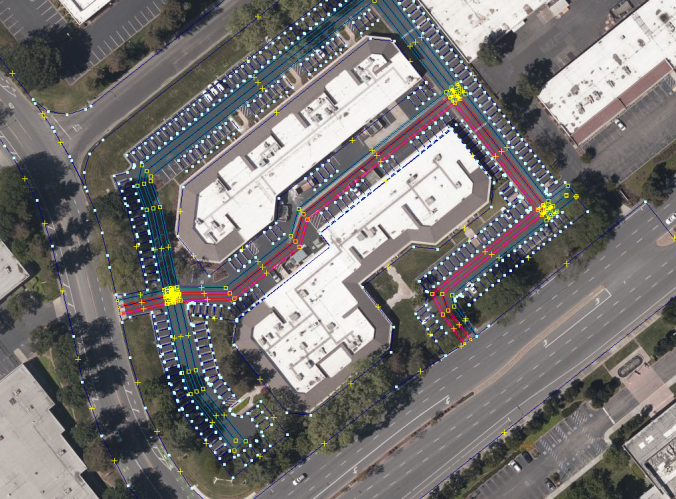
Other contributors such as the Transport Systems Catapult were responsible for the safety work package, Systems Engineers at the Connected Places Catapult aided the development of verification and validation processes and Ordnance Survey (also a StreetDrone customer) contributed to mapping. It feels like an Oscar speech, but there are doubtless many other agencies and companies beyond the immediate AVP consortium that have provided specialist sectorial capability or insight that we might have forgotten, but the list of contributors is certainly large.
Time for a Mode Change?
What do we learn from this?
In contrast to some of the more monolithic endeavours to deliver CAV solutions from some of the big operators in the industry, collaboration seems not only the preferential mode of operation but increasingly seems like the only way ahead. And while commercial realities will of course eventually drive organisations towards ownership and monetisation of IP, wholesale appropriation of rights is also not a sustainable model.
At StreetDrone we believe that the future of CAV will demand a complex and multi-layered ecosystem of IP, with a significant element of this capability existing as open-source software. Open-source technology will be sufficient for partners to test and validate new solutions quickly, with the eventual monetisation and licensing of core IP becoming more widespread more quickly as solutions reach the point of scaling and commercial viability.
If only to underscore this point, AVP’s project achievements are there on the project website for all to see.
At StreetDrone, we firmly believe that the future of autonomous vehicles lies in building shared understanding and referring to the models and approaches that advanced the open-source software industry so rapidly in the 1990s. And remember, if you hit a problem – put some smart people in a room together.
If you’d like to speak to StreetDrone, please get in touch at info@streetdrone.com

